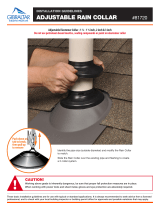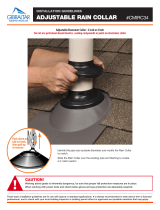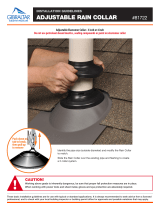
VFY-WA
4
ENGLISH
• During handling and
installation
The valve must not be
suspended by its control.
The valve must be
manipulated using adequate
straps. These must not be
likely to damage the casing
coating.
Any item having suffered
a large impact must be
returned to Danfoss for
checking. A crack which is
invisible to the nakedeye
may in time lead to a leak.
Installation
• General remarks
For safety reasons, the
installation must take place
under the supervision of an
authorised people taking
account of local safety
instructions and advice.
The handling of butterfly
valves and their controls must
be done by staff trained in
all technical aspects of their
operation.
Before installation the pipes
must be depressurised and
purged (empty of its fluid) in
order to avoid any danger to
the operator.
The pipework must be
correctly aligned so that no
extra stress is exerted on the
valve casing.
Check the compatibility
of the connection flanges
against the operating
pressure: the PN class of














